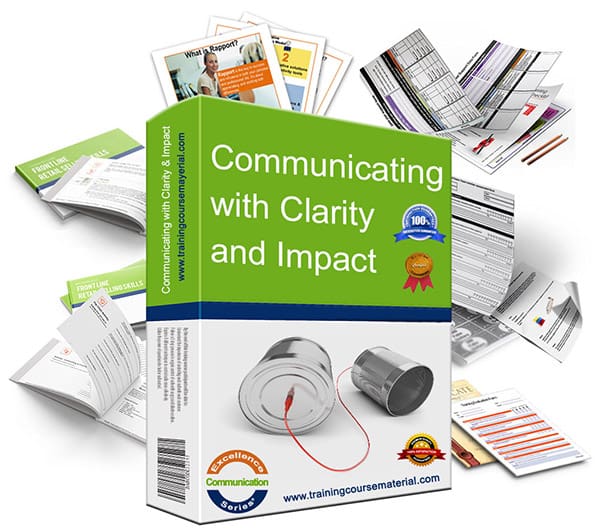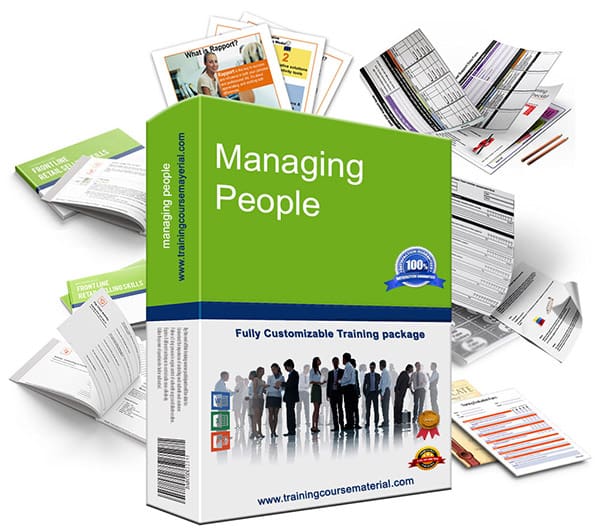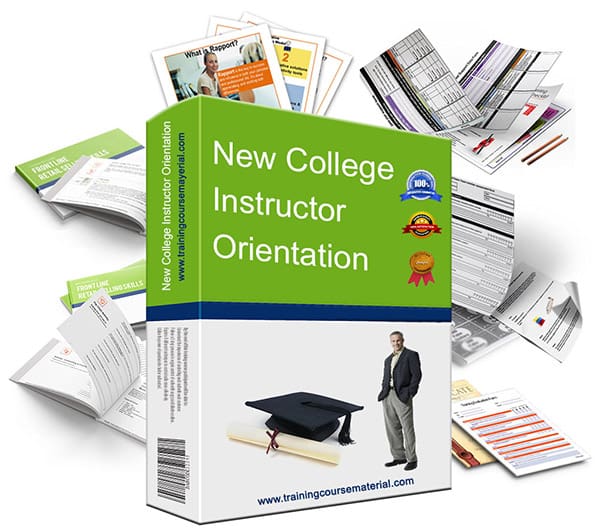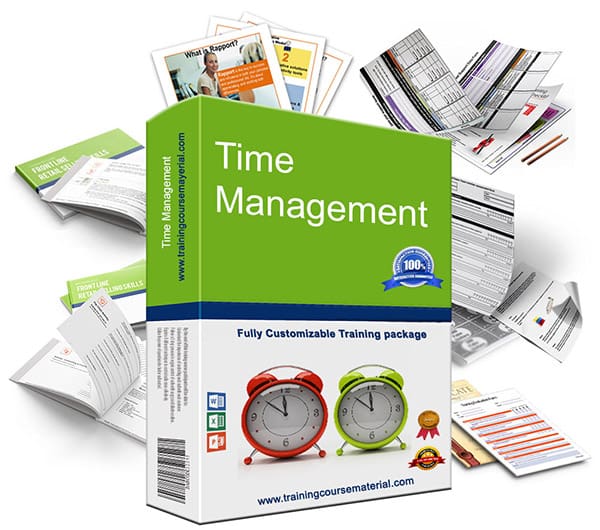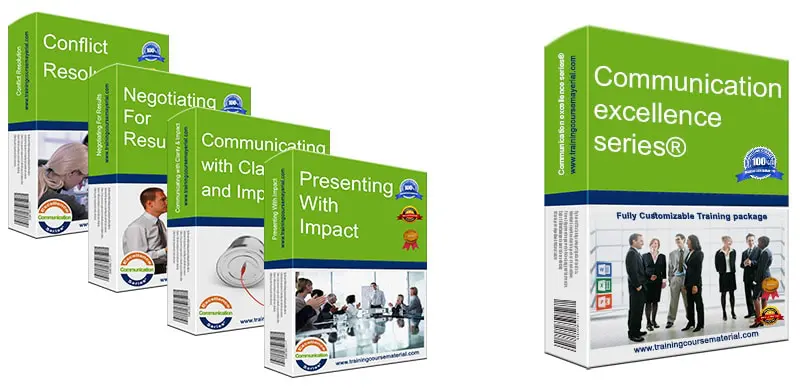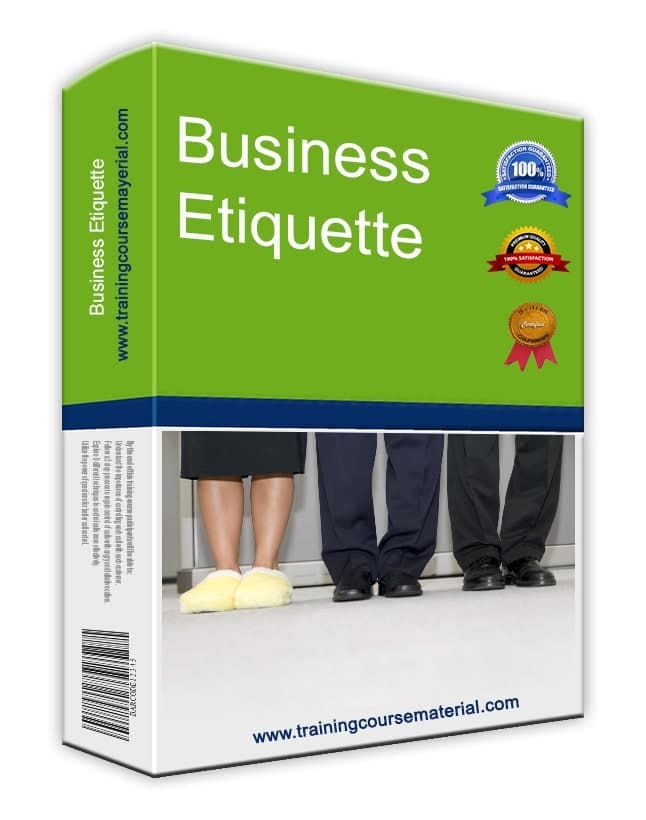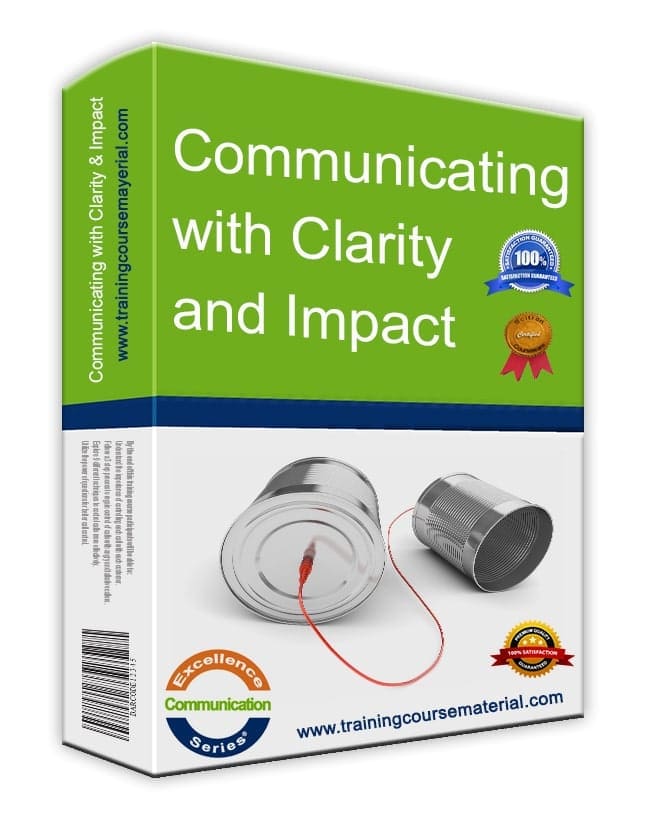Written by Sarah M. Khaled, Certified Presentation Skills Trainer & Communication Coach
Eye contact isn’t just about looking—it’s about seeing. When you’re presenting, your audience expects more than a passing glance. They want to feel seen. But most speakers don’t even realize they’re scanning the room without truly connecting. Scanning is a habit. Seeing is a skill.
Why Scanning Hurts Your Delivery
- It floods your brain with too many inputs at once.
- You feel more nervous and unsettled.
- Your thoughts get jumbled and harder to express.
- You talk faster without meaning to.
- You start filling pauses with "um," "uh," or "okay."
Looking at too many people too quickly overwhelms your thinking. Your brain becomes busy receiving input instead of focusing on output—your message.
A Real-World Example
When I coached a mid-level manager preparing for a conference talk, she struggled with nervousness and speed. We practiced the Eye-Brain Control method. After the event, she told me she felt calmer, got fewer filler words, and had two attendees mention how connected they felt during her talk.
The Science Behind It
Research in cognitive load theory shows that too much sensory input can reduce our ability to process and express information. By reducing eye movement and focusing on fewer stimuli, presenters can regulate anxiety and improve memory recall (Sweller, 1988).
Take Control of What You See
Where you place your visual attention shapes how you experience the room—and how the audience experiences you. Try this:
- Focus on one person at a time. Stay with them for a full thought—about 5 seconds—before shifting to someone else.
- Avoid floor-gazing, ceiling-staring, or wall-watching. You’ll look unsure and disconnected.
- Use eye contact to reduce nervousness. One person at a time helps you slow down and stay grounded.
Two Proven Eye Contact Techniques
1. The Lighthouse Sweep
Like a lighthouse beam, move your gaze gently across the room. Stay on each person for 2–3 seconds unless you're in conversation. Don’t anchor on one “safe” person or a fixed point on the wall. Move with intention.
2. Eye-Brain Control
- Before speaking, make eye contact with one person.
- Finish one complete thought with them.
- Pause. Take a breath. Connect with someone else.
- Repeat throughout your talk.
What You'll Gain
- Better focus and fewer distractions.
- A calmer presence with less nervous energy.
- Stronger audience engagement—people feel seen.
- Steadier pace and fewer filler words.
It’s not about making eye contact with every person. It’s about being fully present with the few you do connect with at any given moment.
📋 Free Presentation Skills Self-Assessment
How strong is your delivery? Use our free tool to assess your confidence, eye contact, and presentation habits.
🎯 Presenting With Impact – Downloadable Training Package
Includes trainer guides, editable slides, interactive exercises, and everything you need to lead effective presentation skills training.
👤 About the Author
Sarah M. Khaled is a certified corporate trainer specializing in communication and presentation skills. With over 15 years of classroom and virtual training experience, she’s helped thousands of professionals improve how they speak, connect, and lead from the front of the room.
Reviewed and fact-checked by the TrainingCourseMaterial.com editorial team on . Originally published September 2021.








